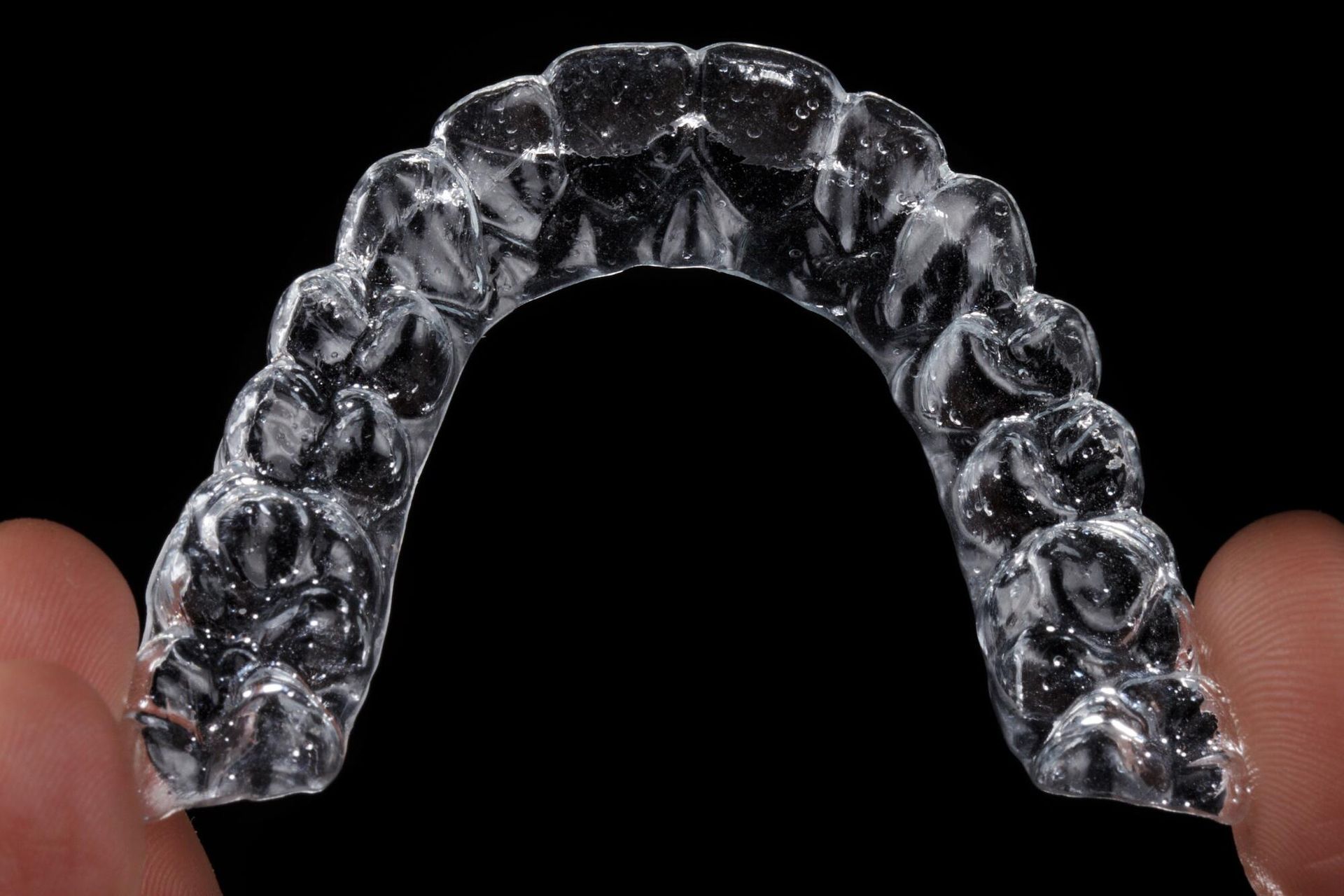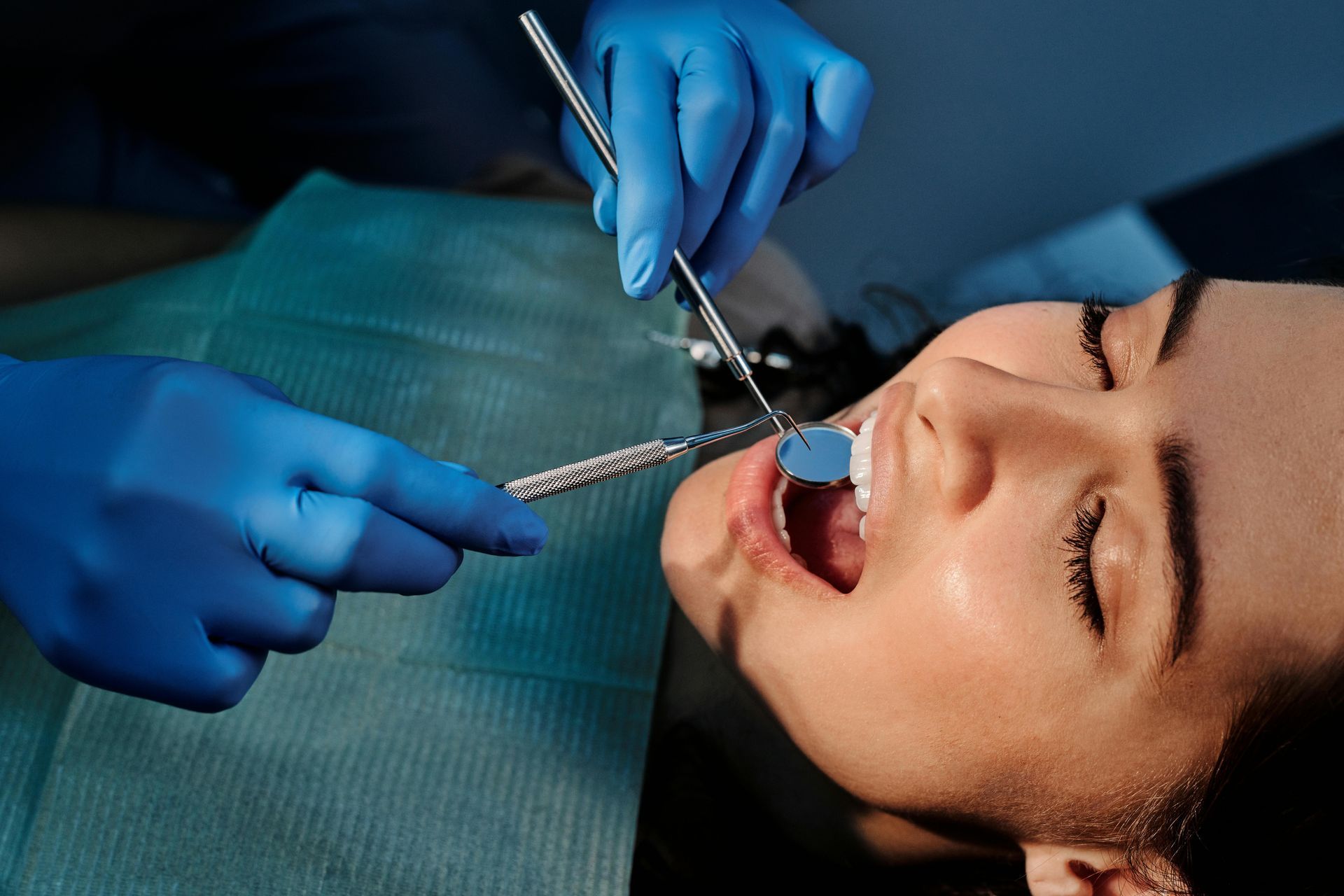How Thumb-Sucking Affects Children's Dental Health
Dr. Arif Virani
D.M.D
Dr. Arif Virani attained his Doctor of Dental Medicine degree from the University of Pennsylvania.
He performs an assortment of treatments in general dentistry for young children, adults and seniors. Dr. Virani’s passion in dentistry include services such as dental implants, gum grafting and wisdom teeth removal.
When he isn’t working, he enjoys working out, playing sports and keeping up with all the Toronto sports teams. He plays softball in the Bradford Sluggers league. As well, he enjoys dining at new restaurants and spending quality time with his family and friends.
Dr. Virani looks forward to providing you and your family with dental care in a warm and relaxing environment.
Thumb-sucking is a natural and common behavior in infants, with about three-quarters of babies sucking their thumbs during their first year of life. This comforting habit helps them self-soothe and feel secure. However, when thumb-sucking continues beyond infancy, it can lead to dental issues that affect your child's long-term oral health.
At Dentistry on 88, we understand the concerns parents may have about their child's dental development. In this blog post, we'll explore how thumb-sucking can impact your child's teeth, when it becomes problematic, and provide helpful tips on how to encourage your little one to stop. Let's get started with these dental health tips.
What Is Thumb-Sucking?
Thumb-sucking is a reflexive action that many babies and young children use to comfort themselves. It's a natural and instinctive behavior that begins in the womb and often continues after birth.
Most infants will suck their thumbs to calm down, fall asleep, or simply as a source of comfort when they are feeling stressed or insecure. This habit is perfectly normal during the first few months of life and is a way for children to self-soothe.
However, as children grow, thumb-sucking can become a repetitive habit that lasts longer than necessary. If it continues past the age of three, when permanent teeth begin to come in, it can lead to dental problems.
Prolonged thumb-sucking can interfere with the proper alignment of the teeth and affect the development of the jaw. While it's normal for infants, parents should monitor their child's thumb-sucking habits as they grow to avoid future dental complications.
Dental Problems From Thumb-Sucking
The impact of thumb-sucking on teeth can be significant if the habit continues beyond the age of three. As noted above, while it's common for infants and toddlers to engage in this behavior, prolonged thumb-sucking can cause various dental issues as permanent teeth begin to emerge.
One of the most common problems is tooth misalignment. Thumb-sucking can push the front teeth outward, leading to an overbite or open bite. It can also affect the shape and growth of the roof of the mouth, which can impact how the teeth come together.
In addition to misalignment, thumb-sucking may put pressure on the jaw, which can affect its development. Over time, this can result in bite problems that may require orthodontic treatment. The longer the habit persists, the greater the likelihood of these dental issues, which is why it's important to address thumb-sucking early to avoid complications later on.
When Should Thumb-Sucking Stop?
Thumb-sucking should ideally stop by the time a child reaches the age of three. By this age, most children have started to develop their permanent teeth, which makes it a crucial time to address the habit. If thumb-sucking continues past this stage, it can begin to interfere with the growth and alignment of the teeth and jaw.
While some children may naturally stop on their own, others may need encouragement or strategies to help break the habit. If thumb-sucking continues into the early school years, it can lead to more noticeable dental problems that may require orthodontic treatment later. Parents should watch for signs that the habit is becoming more than just a temporary comfort and consider intervening if necessary.
If you're concerned about your child's thumb-sucking, it's a good idea to discuss it with your dentist. Our team can provide guidance on how to help your child stop before it affects their oral health.
Tips for Breaking the Habit
Breaking the habit of thumb-sucking can take time and patience, but with the right approach, it's possible. One effective method is using positive reinforcement. Encouraging your child with praise and rewards for not sucking their thumb can help motivate them to stop.
Gentle reminders are also important, so if you notice your child sucking their thumb, calmly remind them to stop. You should avoid using punishment, as it may cause stress or anxiety, which could make the habit harder to break. Instead, try to redirect their attention to something else.
Offering alternatives is another strategy. Thumb-sucking is often a way for children to self-soothe, so providing a soft blanket, stuffed animal, or another comforting item can help reduce the need for thumb-sucking.
Establishing a consistent bedtime routine can also help. Try replacing thumb-sucking with activities like reading a book or listening to soothing music before bed.
If the habit continues, it may be time to consult your dentist. As noted above, at Dentistry on 88, we can offer guidance and support to help break the habit before it affects your child's dental health.With patience and consistency, you can help your child stop thumb-sucking and maintain a healthy smile.
How We Can Help at Dentistry on 88
Here at Dentistry on 88, we understand how challenging it can be for both parents and children when it comes to breaking the thumb-sucking habit. Our team is here to support you every step of the way. If you're concerned about your child's dental health, we offer comprehensive evaluations to assess any potential effects thumb-sucking may have on their teeth and jaw development.
Dr. Virani and our experienced team can provide personalized advice and strategies tailored to your child's needs. We'll help you understand the impact of prolonged thumb-sucking and offer recommendations to prevent dental issues down the road.
If necessary, we can also discuss gentle interventions or referrals to specialists who can further assist with breaking the habit. Our goal is to ensure your child's smile stays healthy and beautiful for years to come.
Maintain Oral Hygiene for Kids
To sum up, it's important to take steps to prevent thumb-sucking before it affects your child's dental health. Early intervention can help avoid long-term issues with teeth and jaw development.
Our team at Dentistry on 88 is dedicated to supporting parents in ensuring the best possible care for their child's smile. If you're concerned about thumb-sucking or have questions about your child's oral health, schedule an appointment with us. Our team is here to provide expert advice and guidance on all aspects of children's oral care.













